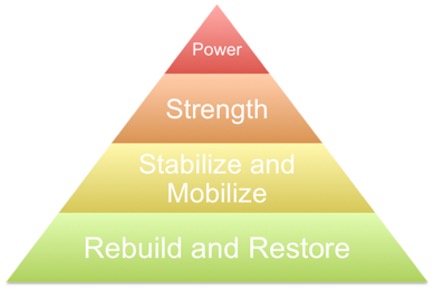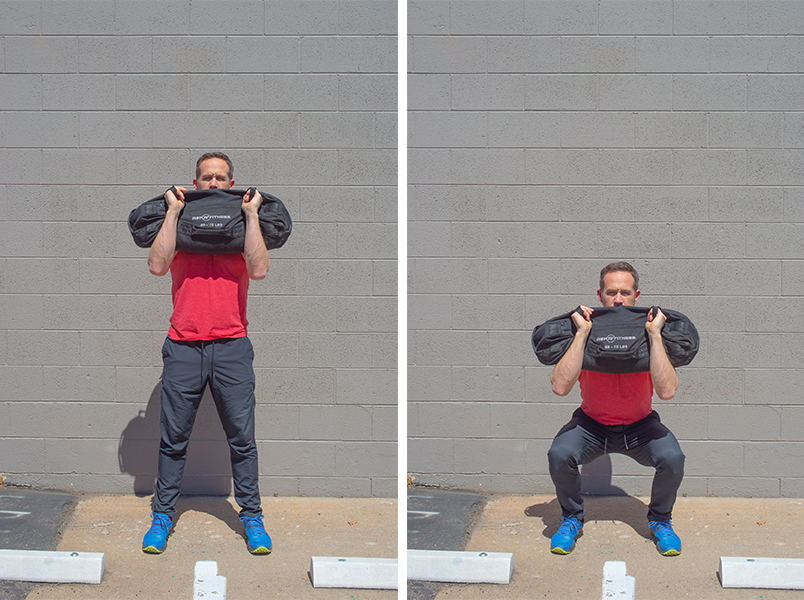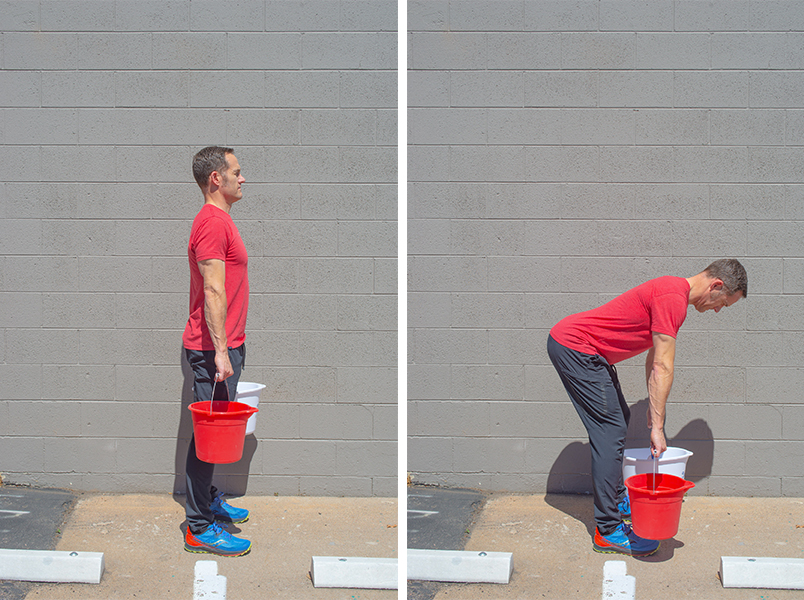PHOTOS: Colorado’s Drive, Chip and Putt Champs
Three Colorado kids took on the world at the 2024 Drive, Chip and Putt Championship at Augusta National
by Dee Tidwell
Photography by E. J. Carr
Thanks largely to the exploits of Bryson DeChambeau and other professionals on the PGA TOUR, a speed narrative has begun to seep into the amateur golfer’s thought process. Namely, swing as hard as possible to achieve the greatest distance gains.
Speaking as a golf biomechanic who works mostly with amateurs from 32 to +4 handicaps, I can tell you that this trend has led to disasters for most players. Why? Because most amateurs’ bodies cannot handle the stress load of creating and decelerating that kind of speed. And injuries result.
Working on speed without a proper physical foundation can ruin your golf swing. To swing hard and fast, you must first get strong both neurologically and muscularly.
PERFORMANCE PYRAMID
Building that foundation, therefore, is critical. As the performance pyramid below illustrates, before working on “Strength,” you first need to “Rebuild and Restore” (identifying and resolving weaknesses in your physical movements) and “Stabilize and Mobilize” (increasing joint mobility, muscle flexbility and core and body stability).
Once you have done that, you can focus on the third phase—strength—and the three innate athletic movements that can help create it: the squat, lunge and deadlift.
You can do the following exercises in the gym with a dumbbell and kettlebell, or at home with a sandbag, a cylinder block or buckets.
BENDS WITH BENEFITS
The value of mastering these three “lower-body” moves lies in their full-body functionality.
TIPS TO AVOID INJURY
Buy a sandbag or a strong duffel bag. Fill with appropriate amount of sand to create the desired weight. Please start light and add sand as you get stronger! The great thing about sandbag training is you can continue to add weight as you get stronger, and it doesn’t cost a whole lot to do so!
You can either use a cylinder block or a kettlebell/dumbbell to perform this exercise.
Either use dumbbells or fill two buckets with something to the appropriate weight you’d like to duplicate. Do these back-to-back to increase the difficulty and challenge, then take a rest!
DEADLIFTS
LUNGES
Dee Tidwell owns Colorado Golf Fitness Club in the Denver Tech Center and has thrice been named a Golf Digest Top 50 Golf Fitness Instructor. He is a TPI (Titleist Performance Institute) professional, ELDOA Trainer and has coached two PGA TOUR winners and countless amateur, high school and college golfers. coloradogolffitnessclub.com; 303-883-0435.
This article can also be found in the May Issue of Colorado AvidGolfer.
Colorado AvidGolfer is the state’s leading resource for golf and the lifestyle that surrounds it, publishing eight issues annually and proudly delivering daily content via coloradoavidgolfer.com.
Three Colorado kids took on the world at the 2024 Drive, Chip and Putt Championship at Augusta National
Scotland’s Old Course, North Berwick, Carnoustie and other greats are accessible with planning, luck and a spirit of adventure
The Colorado private-club solar system is about to see a giant new planet come into orbit
Boy Scout turns to golf to help honor the Greatest Generation